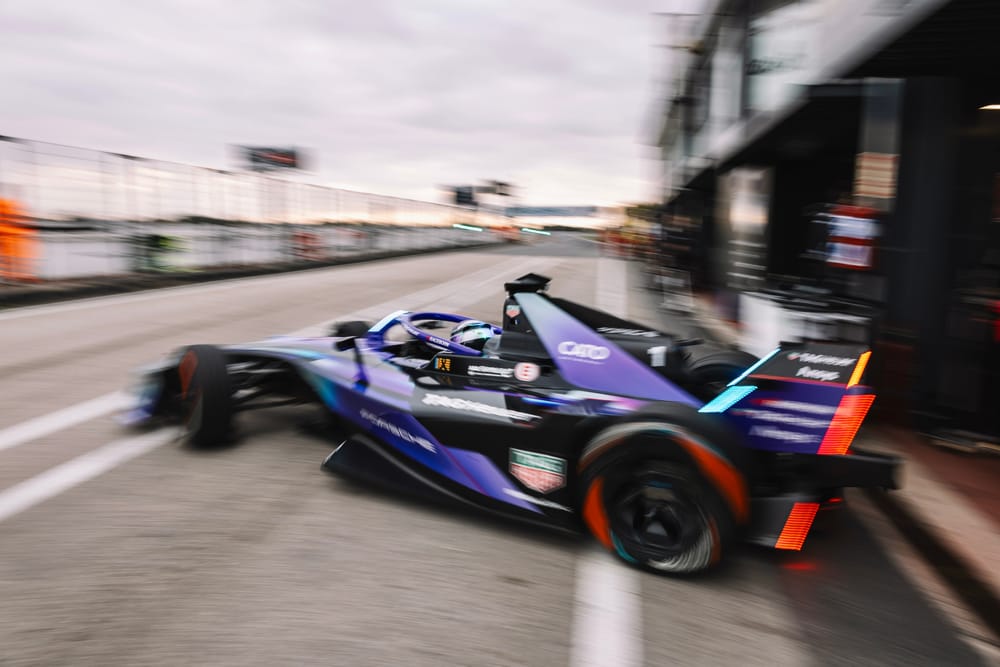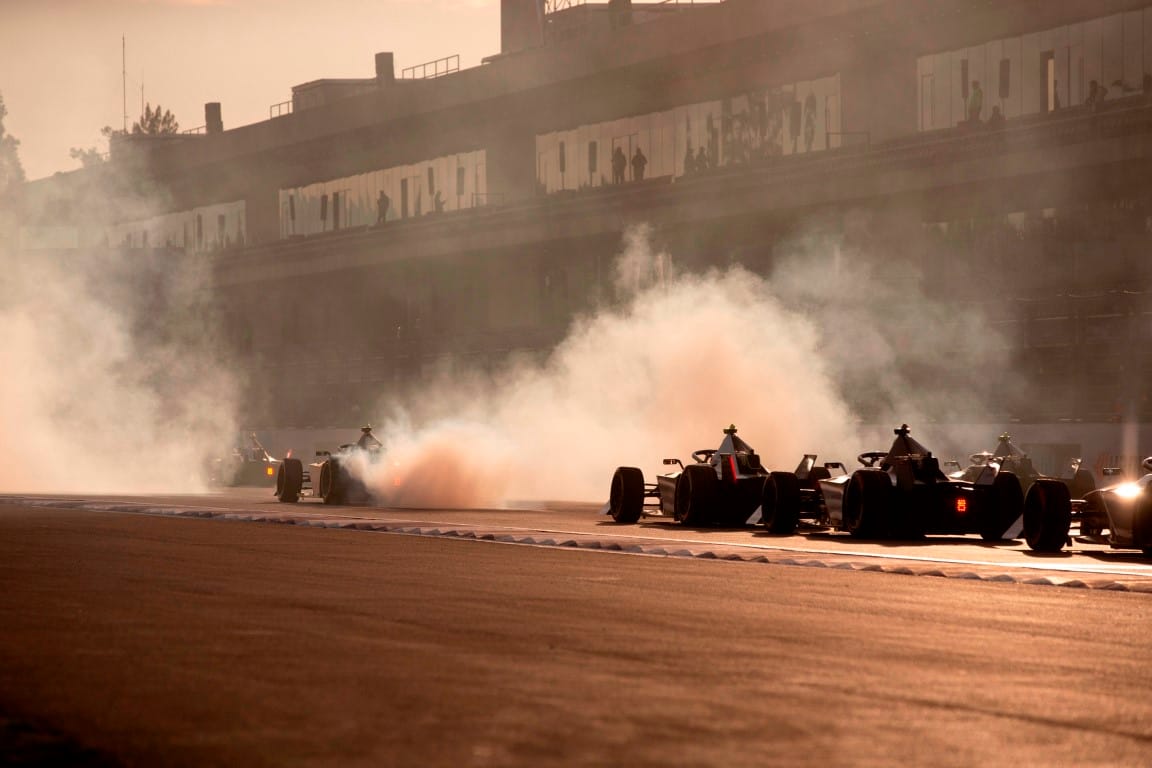Formula E carried out a mock race at Jarama yesterday afternoon, which included pitstops for the first time in six years, as the introduction of mid-race energy boost charging continues to be evaluated ahead of the 2024-25 season start next month.
The Race understands that the potential introduction of the energy boosting stops, which is now under the working title of ‘Pit Boost’ rather than the original ‘Attack Charge’ moniker, was mostly a success, although there were some problems during the trial, including difficulties for both DS Penske entries of Jean-Eric Vergne and Maximilian Guenther.
The FIA’s Pablo Martino told The Race that the governing body had noted “many, many things across the exercise” and that the mock race was “valuable for the teams, but also valuable for the FIA".
“It's always good to put everything in place in the most similar to a race condition, in order to extract as much learning as possible,” added Martino.
“So, now we have to analyse everything we have seen.”
That will include intricate evaluation of data from the ‘race’ - which produced a notional 1-2 for Porsche pairing Pascal Wehrlein and Antonio Felix da Costa, with Jaguar TCS Racing’s Nick Cassidy taking third.
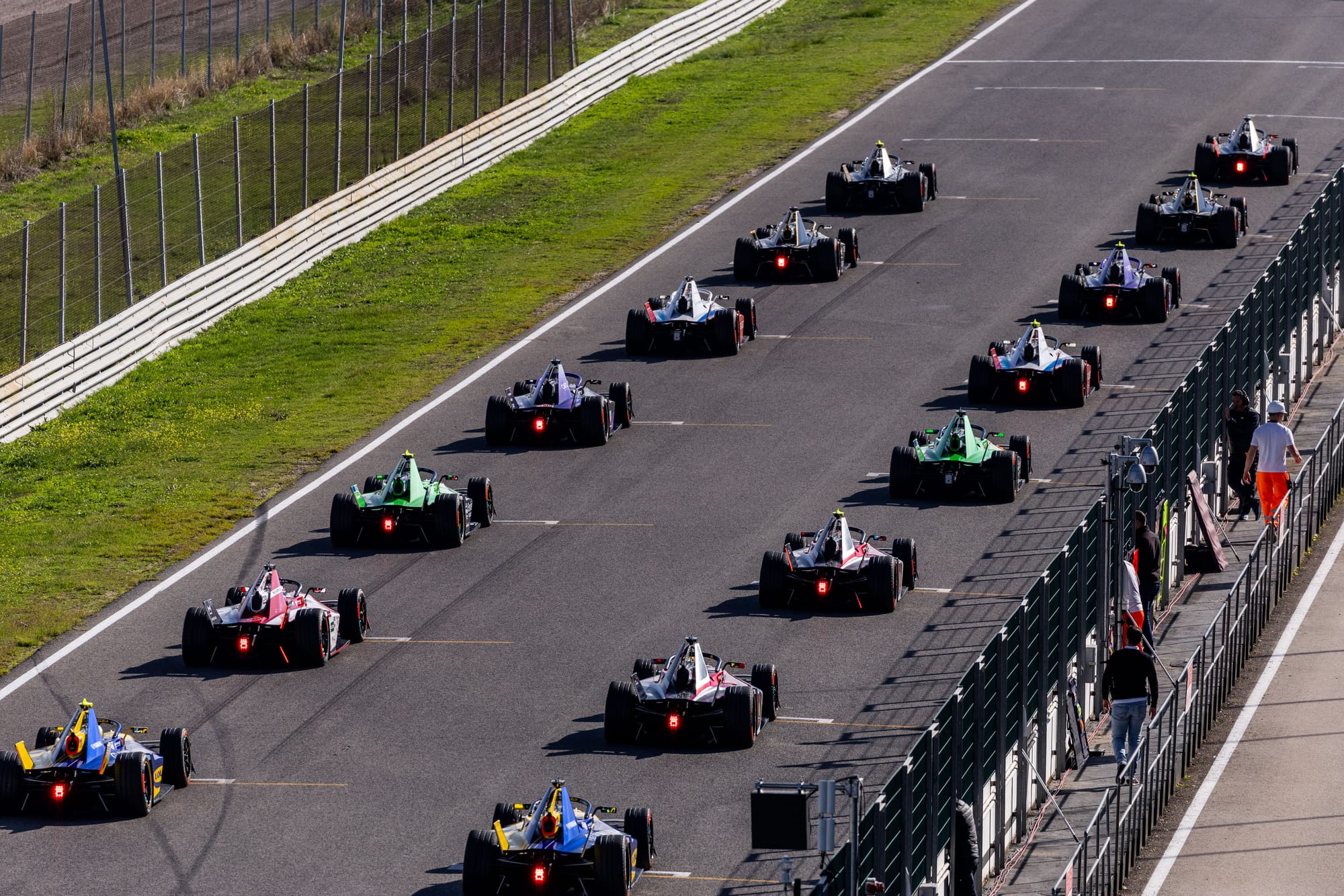
The ‘race’ began with a two-by-two launch of individual start line rows, with the new All-Wheel-Drive (AWD) enabled.
The new ‘Pit Boost’ stop was enabled once the rechargeable energy storage system (RESS) State-Of-Charge (SOC) value was within a desired window and the energy boost stop itself had a minimum time of 34 seconds.
Once drivers had completed their pitstop they were allowed to then take the regular Attack Mode - which totalled eight minutes via two activations over the normal transponder loops, which were situated off-line at Turn 7.
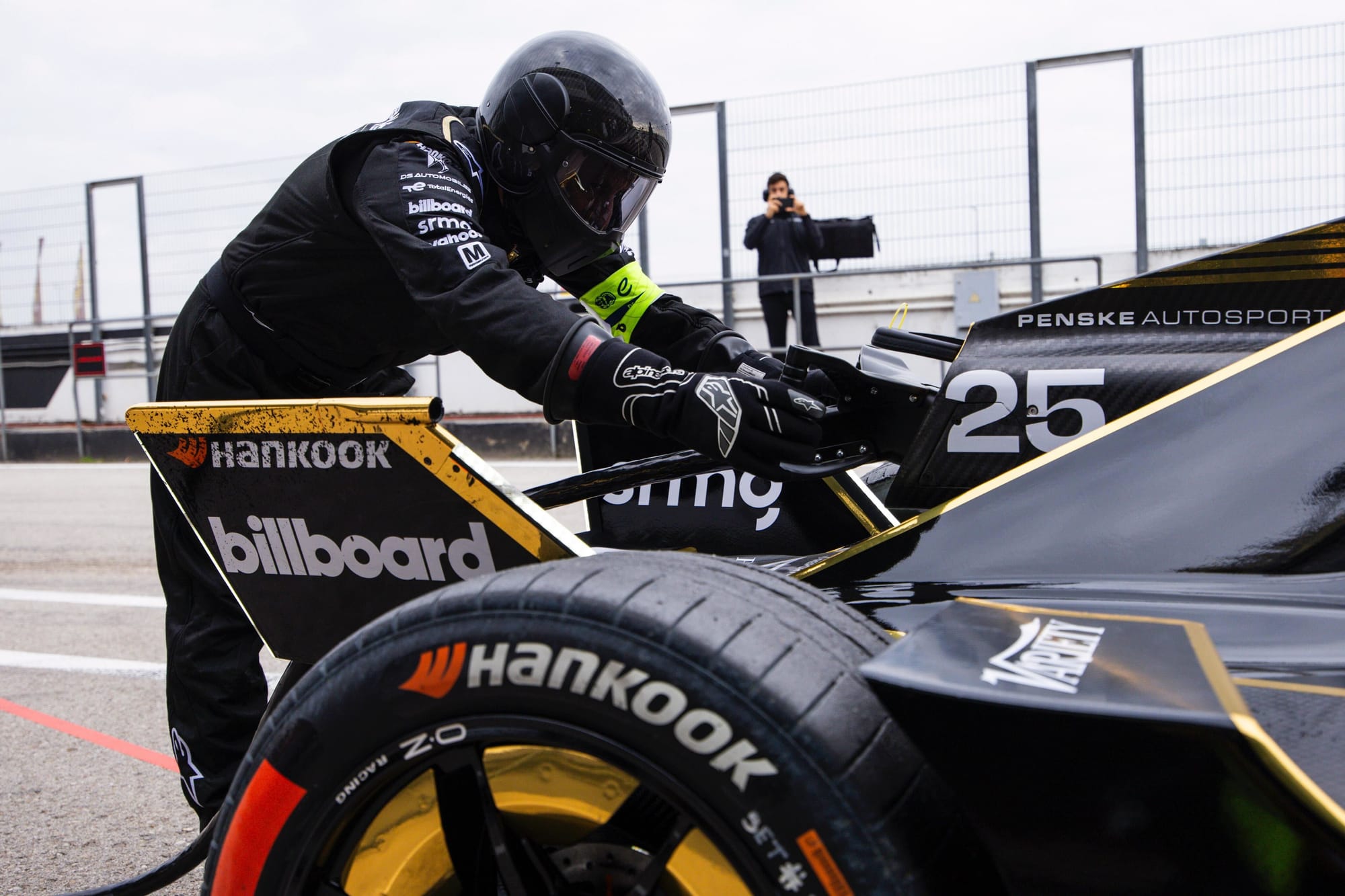
The new Hankook tyres, which feature a different compound and construction this season and are softer but more liable to degrade, combined with the AWD, mean that the 350kW Attack Mode will be much more effective in harnessing traction.
This is set to make it much more effective in the overall strategy of races in terms of being able to overtake and open up gaps.
“There are some obvious things that we have seen that we have noted, and we will address in the next couple of days with teams and with FETAMA [Formula E Teams and Manufacturers' Association], but I think it's a super valuable learning tool that we have, so we will put down everything together and try to improve in the areas that we need to improve,” explained Martino.
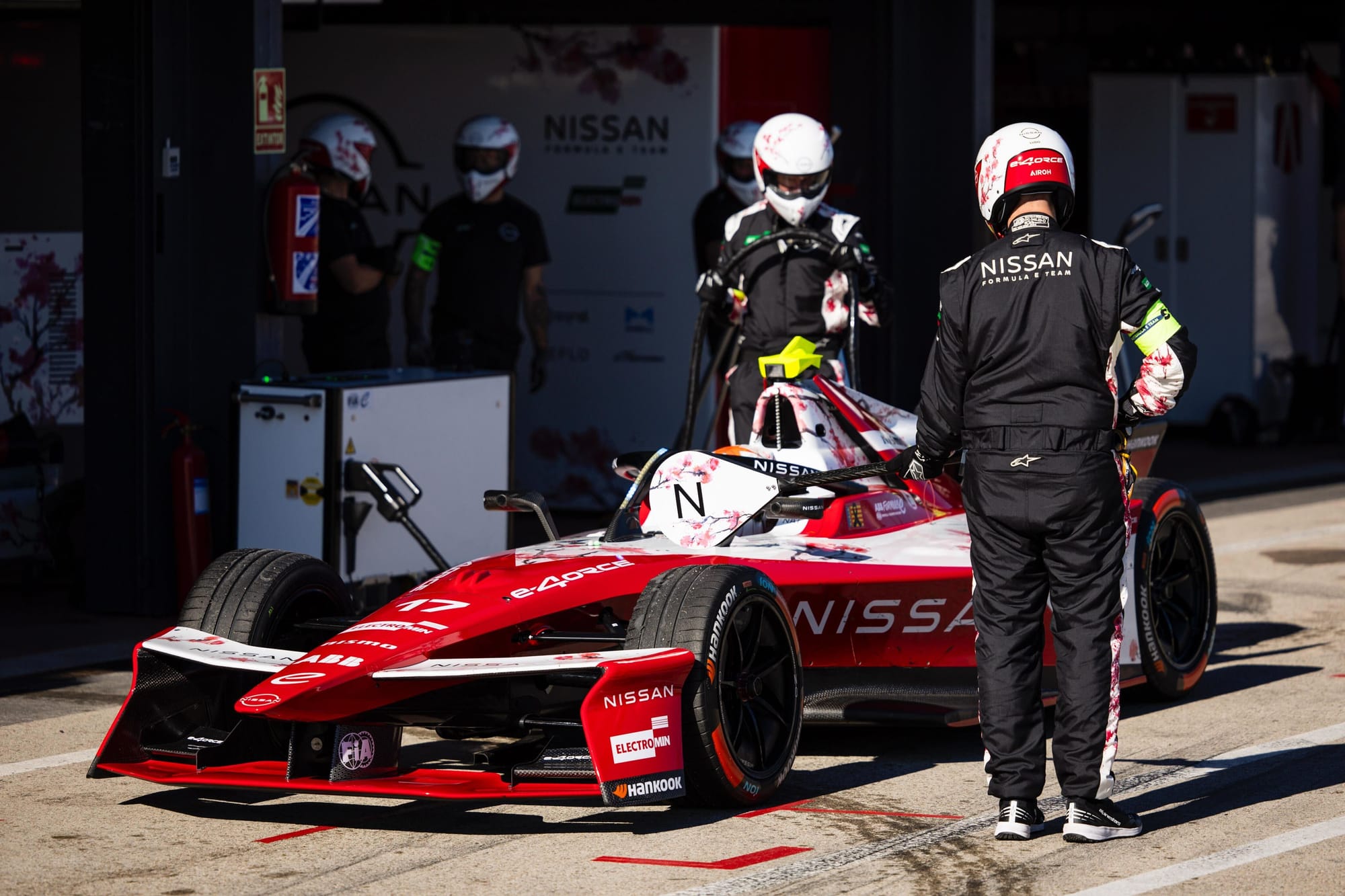
“There were four instances [of issues]. One of the instances was corrected because one pitted again and did a second charge.
“But yes, there were a couple of problems, but not related [in issue] among them.”
The Race discovered that one of the problems affected the Nissan of Norman Nato, who experienced a nine-second loss of time on his stop with a problem of the plug itself which inserts into the back of the car. The team was forced to re-insert and go for another charge after the problem was pinpointed.
Lola’s Zane Maloney did not take part in the dummy race due to an electrical fault which triggered the accident data recorder to flag a ‘crash event’.
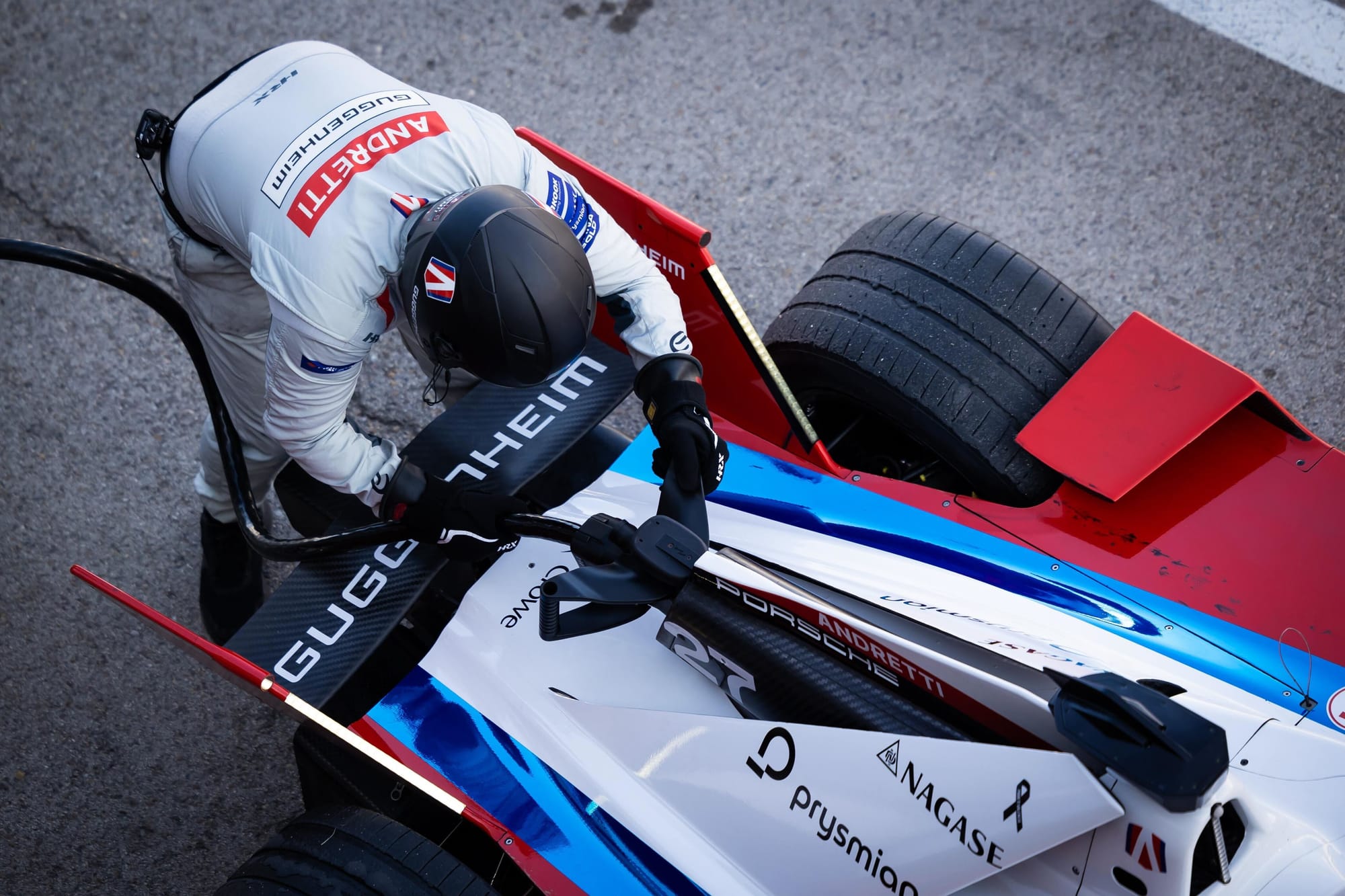
According to a Lola Yamaha Abt statement, this "resulted in the battery switching off as per safety regulations and the team is ‘working on a solution and both cars will be back on track' ''.
50 percent of the field (11 cars) pitted at the same time in the ‘race’, which was a pre-organised scenario to test the Pit Boosting infrastructure - which is supplied to teams by the Fortescue Zero company, formerly known as Williams Advanced Engineering.
The issues encountered by the DS Penske pair were believed to be related to the actual cable function of the charger itself.
The cars pull into the area outside their respective pits for charging where the cable is inserted. They are allowed to change tyres, but not at the same time as when charging is taking place. With only two mechanics allowed, this will make tyre changes in the stops unlikely.
Blue flag rules to remain consistent
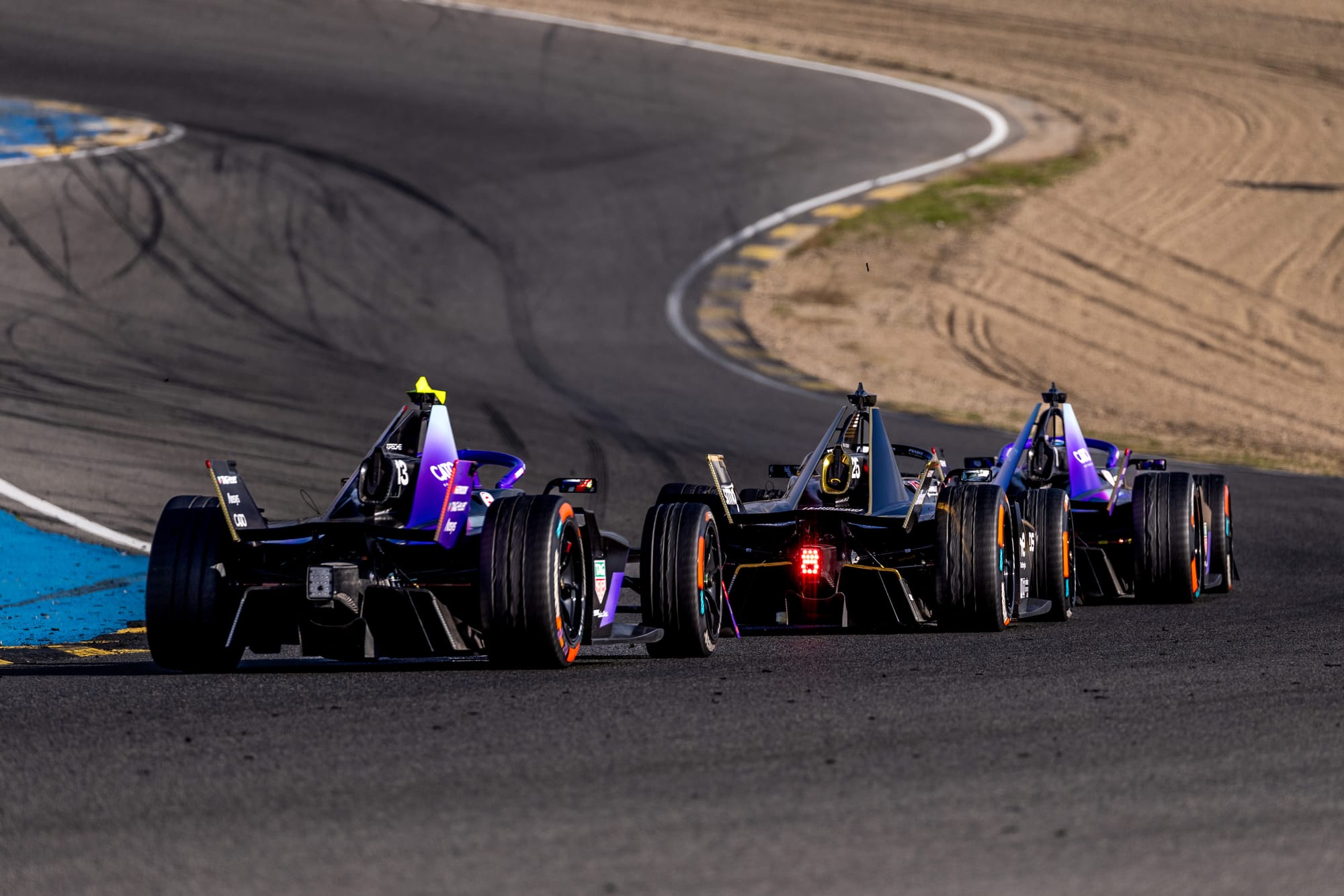
One of the most talked about sporting topics for the advent and return of pitstops to Formula E has been how cars that have stopped and may come out just in front of those that haven’t will be treated by flag marshals.
While it wasn’t an issue during the pilot race at Jarama due to the layout's sizeable length compared to regular Formula E circuits, there has been concern that tactical blocking and ‘spoiler’ tactics would become commonplace in races between cars on opposing strategies.
“We have discussed many times and at the end of the day it doesn't change anything on the way that the blue flags are applied,” said Martino.
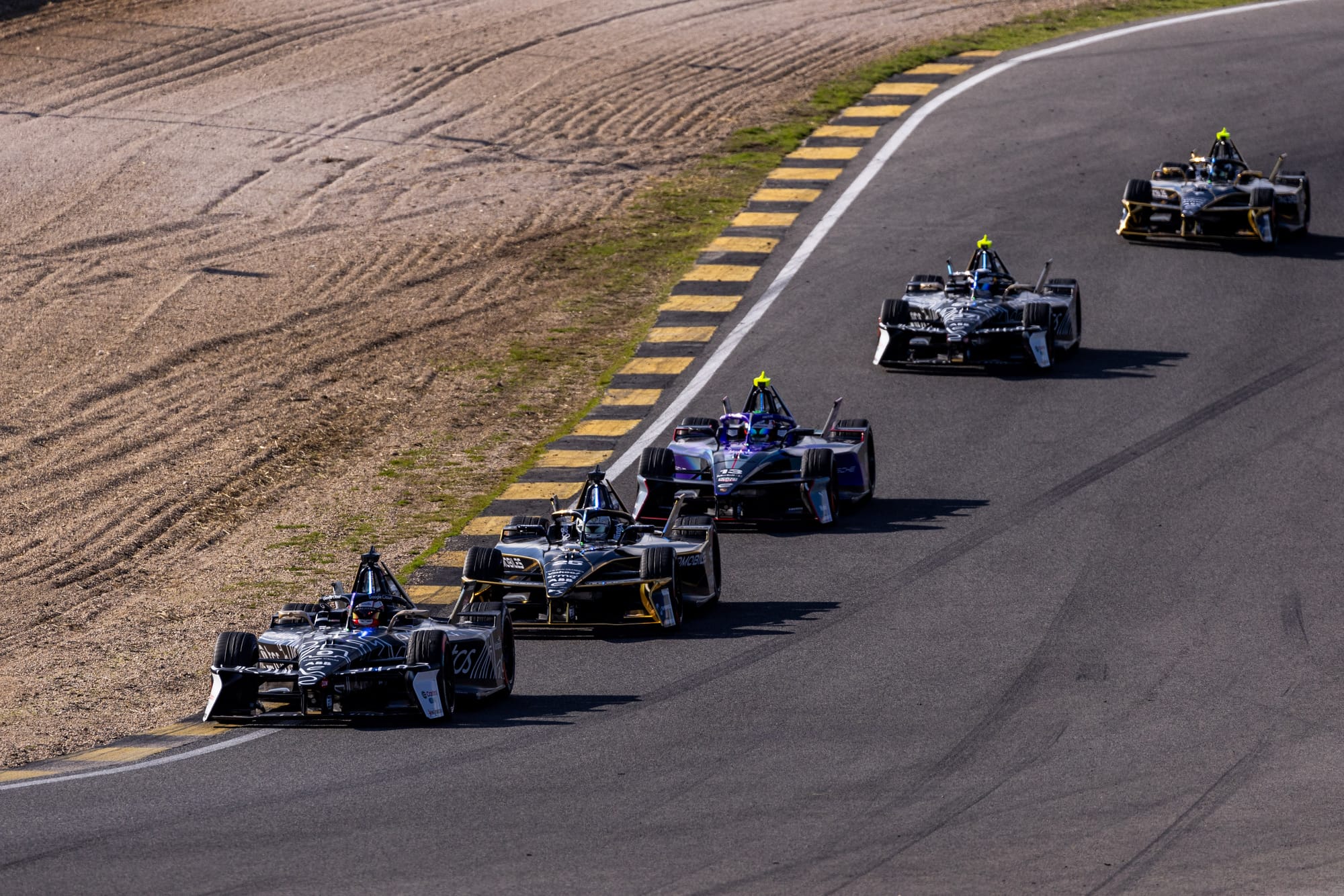
“Basically, it's not only that you've been lapped or you've been in front of a car one lap ahead of you.
“It has to be also a difference in speed, so if a car is lapped and is pulling away from a car who is just chasing him with one lap more, it doesn't mean to have a blue flag because that car generally has the opportunity to gain a gap and continue racing.
“All blue flags are going to be applied in the same way that has been applied up to now. When you are getting lapped by a car, but a faster car than you, then it's when you get a blue flag.”
Jeddah likely first ‘Pit Boost’ race
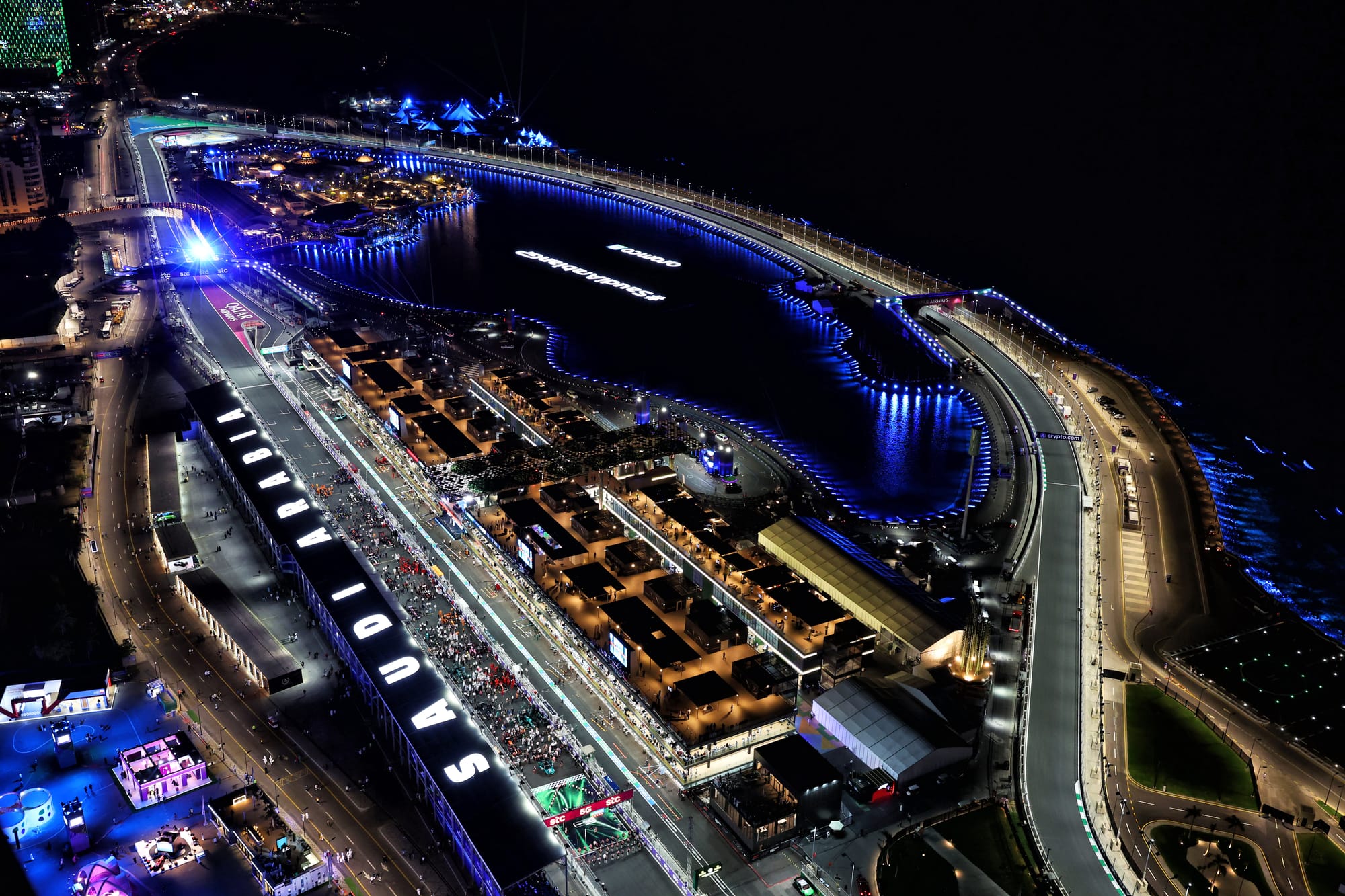
Speculation has been rife that the first ‘Pit Boost’ race will be held at the first Formula E visit in mid-February to a truncated version of the Jeddah F1 track.
The opening race of the season in Sao Paulo next month is an impractical location for the pitstops due to the pit area being of a horseshoe design, meaning that pits face each other.
Mexico City would be a more suitable venue with a more traditional and wider pit set-up. However, it is felt that the Jeddah facility, which will host the first of five double-header events on the schedule, will be a more likely introduction of the ‘Pit Boost’ plans.
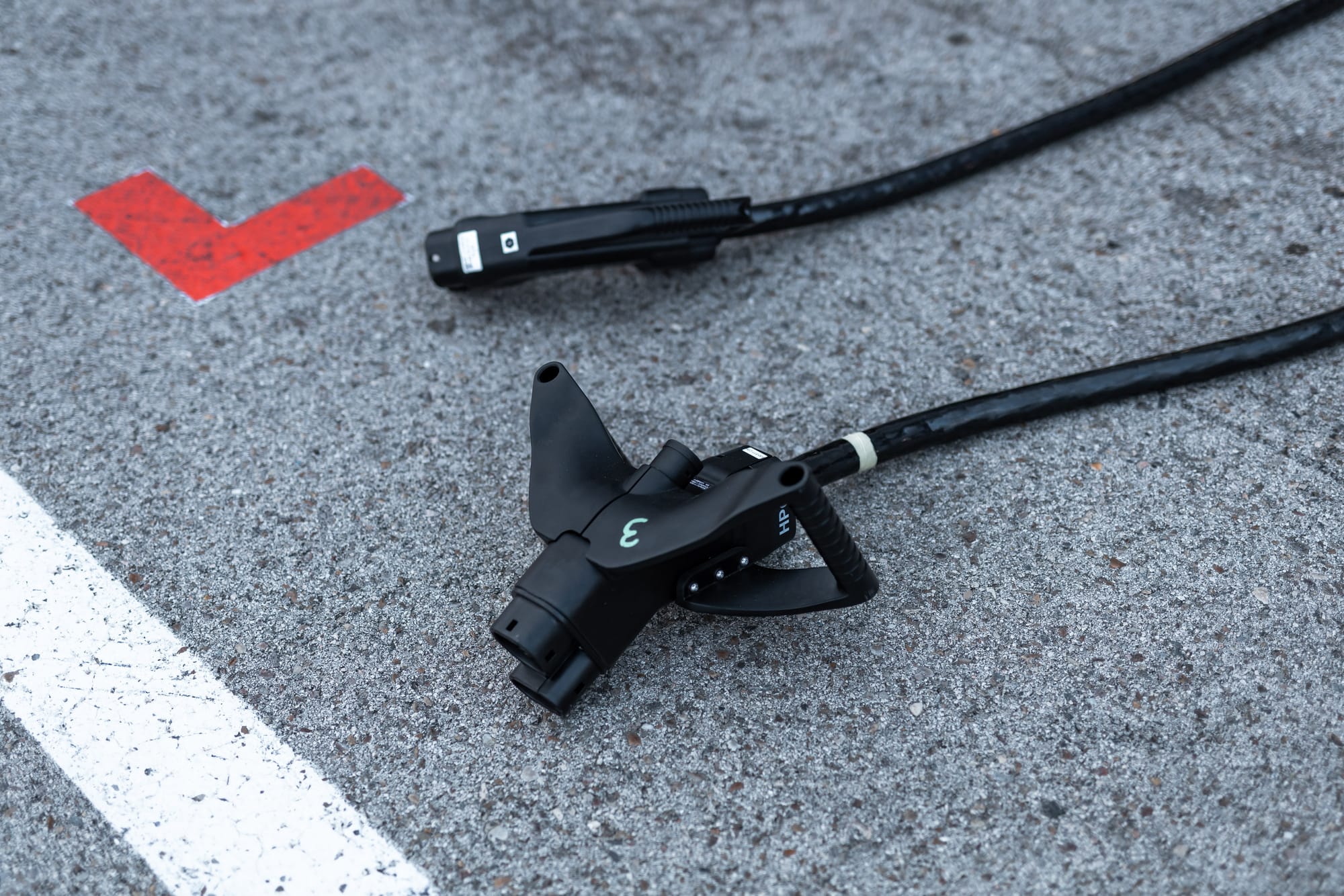
“We have a commission that is the body that is deciding all these kinds of decisions that are key for a championship,” said Martino.
“The FIA and Formula E have regular meetings on the Formula E commission. So, probably on the next meeting that is scheduled for next week, we will have some decisions on this and on which races could be implemented.”
When asked by The Race if the Jeddah double-header was being earmarked for a probable debut of the ‘Pit Boost’ stops, Martino said that it was “something we need to decide together with Formula E”.
“Mexico or Jeddah would be the first time that we could see this implemented during a race," he added. "But yes, it makes sense to have it at a double-header.”


